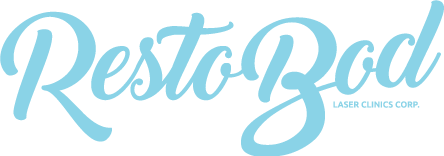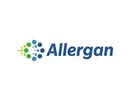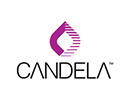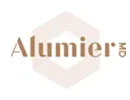Lifting and Tightening… What is the best way forward?
In this blog article we will outline the differences between Thread lifts (PDO thread lift), Ultherapy and RF Microneedling. These alternatives to dermal fillers are non-surgical facelifts that can help deal with loose skin, creating a youthful appearance.
Skin sagging and decreased elasticity occur due to various factors, including natural aging, lifestyle choices, and environmental influences. Understanding the causes treatment options available can help you take steps to improve skin elasticity and volume.
As you age, your skin produces less collagen and elastin, which are proteins responsible for maintaining skin structure and elasticity. This leads to sagging and loss of firmness. The natural renewal process of skin cells slows down with age, resulting in thinner and less resilient skin. The goal with aesthetic treatments is to increase our own collagen and elastin to improve the foundation and structure of your skin naturally.
Procedures like laser resurfacing, radiofrequency, or ultrasound-based therapies can stimulate collagen production and improve skin tightness. Dermal fillers can also assist in boosting facial volume.
Read on as we compare 3 different treatments that people ask about for treatment skin laxity:
Thread Lifts:
Thread lifts, also known as a PDO (polydioxanone) thread lift, are a non-surgical cosmetic procedure used to lift and tighten sagging skin on the face and neck. This procedure involves inserting biodegradable threads made of PDO material into the skin, which are then used to lift and reposition the skin. You will have immediate lifting and contouring to the areas that the thread lifts are inserted.
This is like a non-surgical facelift! Thread lifts are minimally invasive and do not require incisions or general anesthesia, unlike traditional facelift surgery. The procedure usually takes around 30 minutes to an hour, making it a convenient option for those with a busy schedule. Recovery time is typically shorter compared to a surgical facelift, with most people being able to resume their daily activities within a few days. The threads used in the procedure can stimulate collagen production in the skin, leading to improved skin texture and firmness over time. Thread lifts provide subtle, natural-looking results by repositioning the skin without creating an excessively tight or pulled appearance.
However, the effects of a thread lift are not permanent, and the threads will eventually dissolve. On average, the results can last anywhere from 6 months to 2 years, depending on various factors such as the individual's age, skin condition, and lifestyle. These are internal dissolvable sutures which mostly dissolve by 6 months. Thread lifts are suitable for mild to moderate skin sagging, but they may not be as effective for severe sagging or significant skin laxity.
Some potential side effects include bruising, swelling, discomfort, and the rare occurrence of thread migration or visible irregularities under the skin. However, these side effects are usually temporary and resolve on their own. Although rare, infection can occur at the insertion points where the threads are placed. Signs of infection may include persistent redness, swelling, pain, warmth, or pus-like discharge. Infections require prompt medical attention and may necessitate the removal of the threads.
In some cases, the threads may migrate or move from their original placement. This can result in visible irregularities or asymmetry on the face. Thread migration may require corrective procedures or removal of the threads. While uncommon, there is a risk of temporary or, in rare cases, permanent nerve damage during thread lift procedures. This can lead to numbness, tingling, or changes in sensation in the treated area. Some individuals may experience allergic reactions to the materials used in the threads, such as polydioxanone (PDO). Allergic reactions can cause symptoms like redness, swelling, itching, or rash. It's essential to inform your healthcare provider about any known allergies before undergoing a thread lift. Hematomas are collections of blood under the skin, while seromas are fluid collections. These can occur as a result of the procedure and may require drainage or other interventions. Although uncommon, thread lifts can sometimes lead to visible scarring at the insertion points or in rare cases, hypertrophic or keloid scars. It's crucial to have a thorough consultation with a qualified healthcare provider before undergoing a thread lift to discuss potential risks, benefits, and expected outcomes. Choosing an experienced professional who follows proper techniques and hygiene protocols can minimize the risk of adverse reactions.
RF Microneedling:
RF microneedling combines microneedling with radiofrequency energy. It involves the use of tiny needles that create controlled micro-injuries in the skin while delivering radiofrequency energy to stimulate collagen production and tighten the skin. It can at the same time improve tone and texture.
RF microneedling is generally considered safe for most skin types. However, darker skin types and those that are prone to melasma or hyperpigmentation could be at risk for further hyperpigmentation. Regarding its permanence, RF microneedling does provide long-lasting results, but it is not considered a permanent treatment. The procedure stimulates collagen production and promotes skin tightening, which can lead to significant improvements in skin texture, tone, and firmness. However, the natural aging process and external factors can still affect the skin over time. Maintenance treatments may be recommended to sustain the results achieved with RF microneedling.
Microneedling is a minimally invasive treatment, and multiple sessions may be required for optimal results. Topical freezing will be applied prior to treatment to help with the discomfort during the procedure. There will be redness, swelling, bruising and skin sensitivity/irritation for a few days to a week. There may be pigmentation changes or scarring.
It's important to note that the specific experiences and results can vary depending on individual factors, such as skin condition, treatment area, and the expertise of the provider. It's advisable to consult with a qualified healthcare professional to determine the most suitable option for your specific needs.
Ultherapy:
Ultherapy is a non-invasive cosmetic treatment that uses visualized ultrasound technology to stimulate collagen production and tighten the skin. It targets deep layers of tissue beneath the skin's surface, promoting natural lifting and tightening effects.
It is a non-invasive procedure which stimulates collagen production at their correct depths, this provides lifting and tightening effects and allows for precise targeting of specific areas of the face and neck, enabling personalized treatment based on individual needs. The results of Ultherapy can last up to a year or more, depending on the individual's skin condition and the aging process. Ultherapy can be used to treat various areas of the face and neck, including the brow, chin, neck, and décolletage as well as off label areas such as legs, arms, stomach to help with that crepey skin we see as we age.
As with all procedures which are building our own collagen and elastin it is a waiting game. Gradual results are seen over several months up to a year. Some people may experience discomfort or a tingling sensation during the procedure, although it is generally well-tolerated. Topical anesthesia or pain medication can be used to minimize any discomfort.
Possible side effects of Ultherapy include temporary redness, swelling, mild tenderness and possible transient numbness with usually resolves with 6 weeks, in the treated area. These side effects typically subside within a few hours to a few days.
Unlike surgical facelifts that provide immediate results, the effects of Ultherapy develop gradually over several months as collagen production increases. It may take up to three to six months to see the full results.
Both thread lifts and Ultherapy aim to address sagging skin, but they differ in terms of their approach and the depth at which they target the tissues. Thread lifts physically lift and reposition the skin using dissolvable threads. You get immediate results but they last only as long as the threads stay in place. You are not encouraging your body to its own collagen and elastin. Ultherapy utilizes ultrasound energy to stimulate collagen production and tighten the deeper layers of the skin. The choice between these procedures depends on individual needs, the severity of skin laxity, and personal preferences. It's recommended to consult with a qualified cosmetic professional to determine the most suitable treatment option for you.
It's important to consult with a qualified healthcare professional or a dermatologist to assess your specific concerns and determine which treatment option is most suitable for your needs. They will evaluate your skin condition, goals, and medical history to provide personalized recommendations.
How can you make the treatments even better?
Avoid sun damage! Protect your skin from the sun by applying broad-spectrum mineral sunblock with a high SPF. Excessive sun exposure can damage collagen and elastin fibers, leading to sagging skin and reduced elasticity.
Focus on healthy skin! Use anti-aging skincare products such as those containing ingredients like retinoids, peptides, hyaluronic acid, and growth factors. These can help stimulate collagen production and improve skin elasticity.
Improve skin tone! Incorporate topical antioxidants such as vitamin C and E which can protect the skin from free radicals and promote collagen synthesis.
Maintain a healthy lifestyle! Follow a balanced diet rich in antioxidants, exercise regularly, and get sufficient sleep to support overall skin health.
To beat the aging effects of decreased collagen and elastin, aesthetic treatments can help boost the look of skin structure and elasticity, beating sagging skin and loss of firmness. Consider these treatments as an alternative or in addition to dermal fillers and other injectable treatments to achieve firmer skin.
Contact us to discuss your aesthetic goals, we offer a complimentary consultation where we can create a treatment plan based on your needs.
More From the RestoBlog
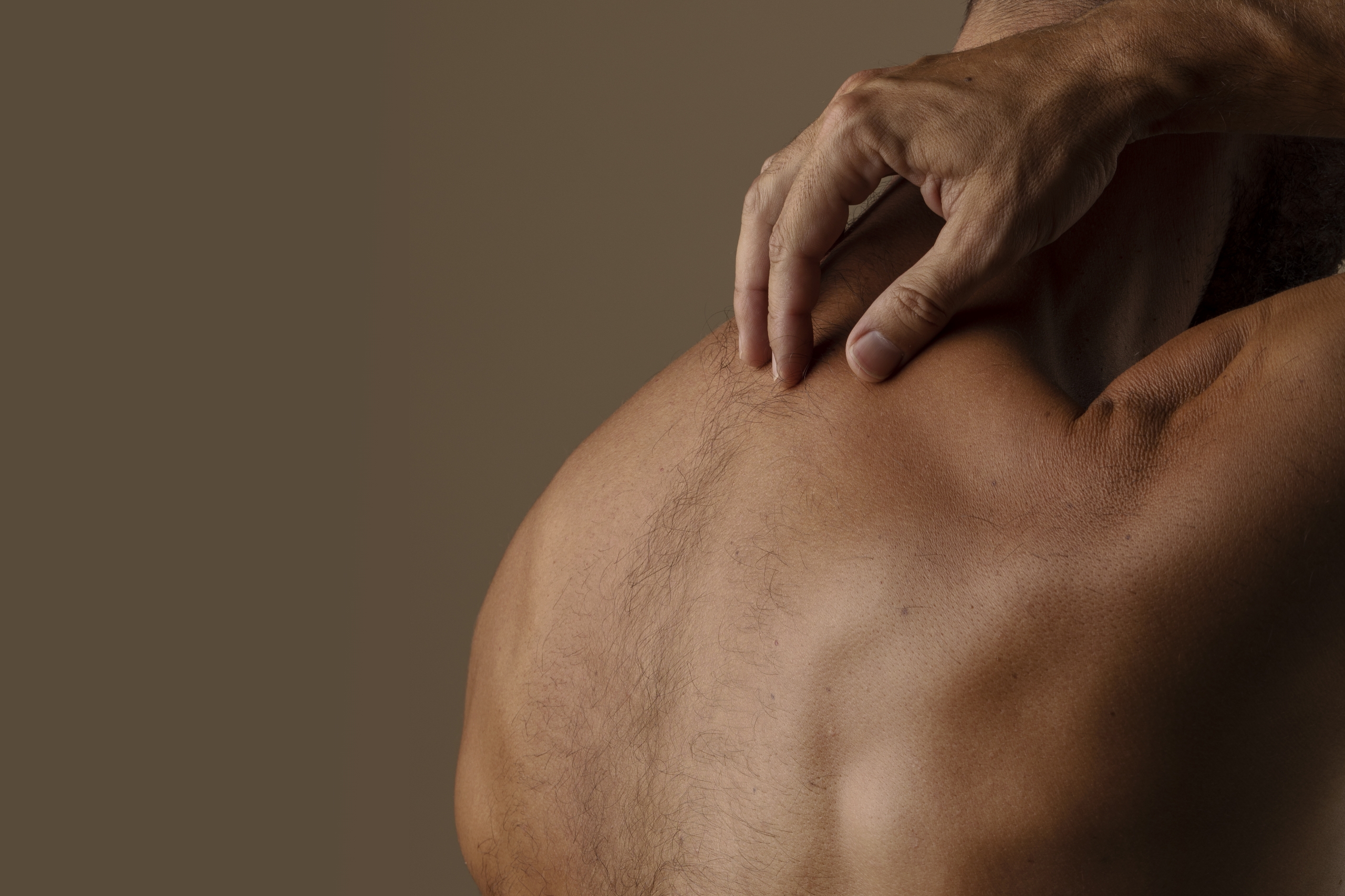
Men’s Laser Hair Removal
Men’s grooming has come a long way in recent years. Today, it’s perfectly acceptable for men to take care of themselves, from their skincare routine to hair removal. However, despite the increasing acceptance of men’s grooming, some men still feel anxious or embarrassed about hair removal, especially when it comes to more intimate areas such […]
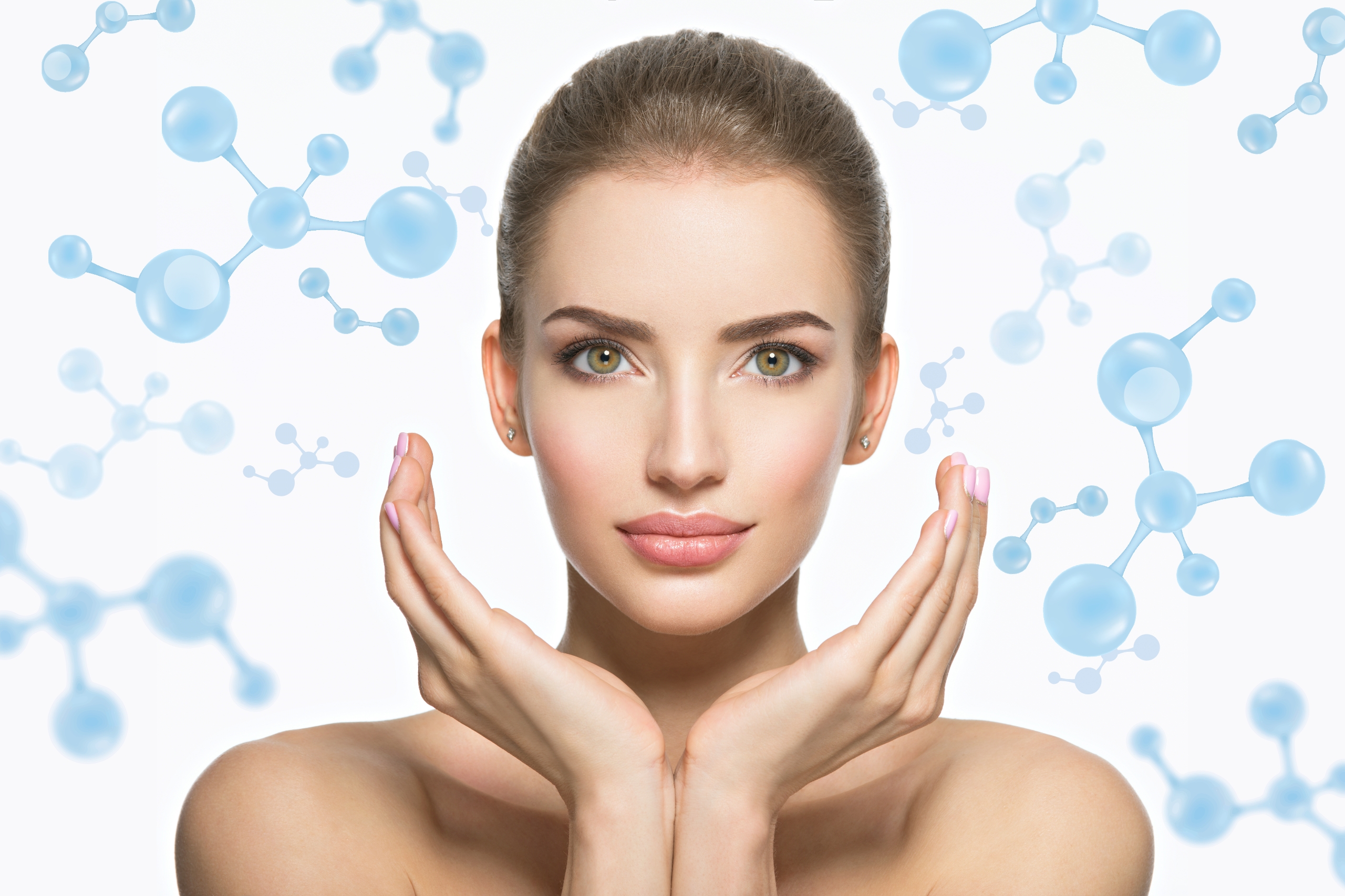
Reasons You Need a Growth Factor Product in Your Skincare Routine
Step into the future of skincare with the hottest trend in town: growth factor skincare products. These little wonders aren’t just your average creams and serums, oh no. They’re your skin’s secret weapon for ultimate rejuvenation. Imagine, collagen and elastin growth at the cellular level, plus all the building blocks your skin craves for total […]
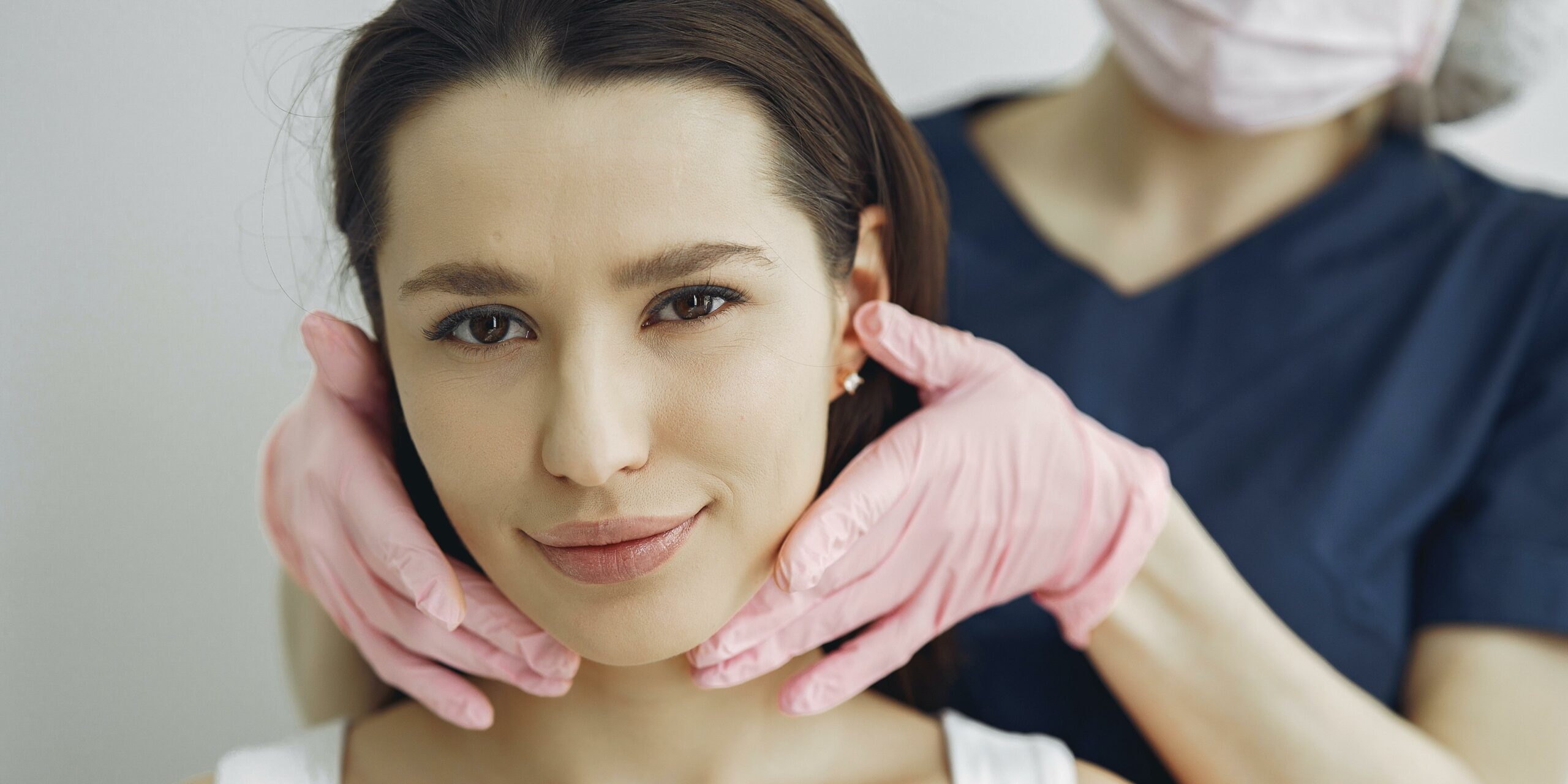
Lifting and Tightening… What is the best way forward?
In this blog article we will outline the differences between Thread lifts (PDO thread lift), Ultherapy and RF Microneedling. These alternatives to dermal fillers are non-surgical facelifts that can help deal with loose skin, creating a youthful appearance. Skin sagging and decreased elasticity occur due to various factors, including natural aging, lifestyle choices, and environmental […]
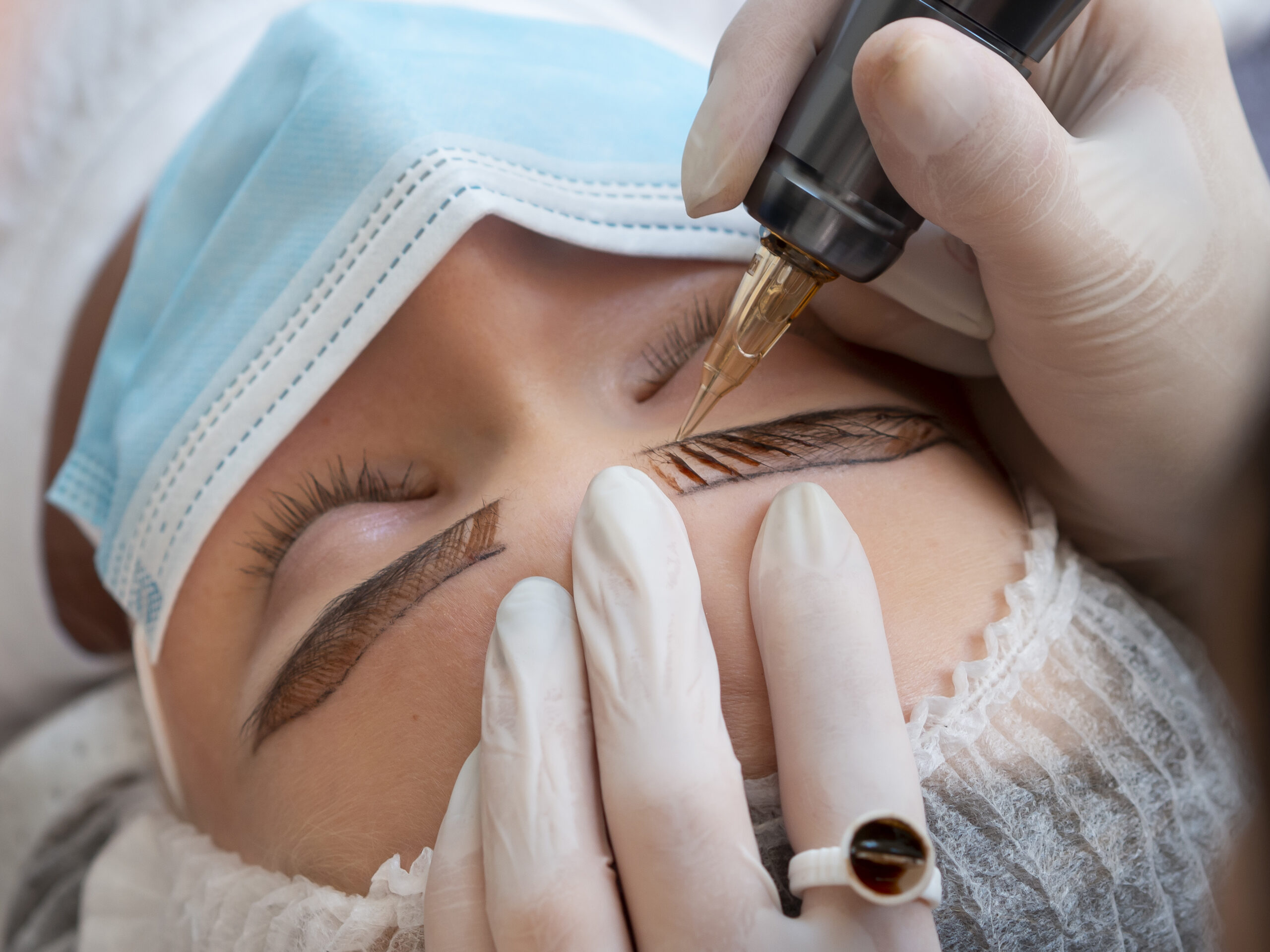
Bad Brows – Microblading Removal Services
Microbladed eyebrows are a godsend for some of us gals! But if you’ve ever had a bad experience with permanent makeup for eyebrows, it can be baaaaad! You may have found yourself stuck with a look you weren’t happy with, and thought there was no effective solution. Maybe you’ve tried tattoo removal creams without luck. […]

Can I Lighten My Underarms?
The skin around our armpits can change colour over time. This is called hyperpigmentation. Some people are born with it; others develop it later in life. There are several reasons why it happens. Some cases are hereditary, while others are caused by sun exposure, hormonal changes, certain medications, and even stress. I am always surprised […]

Can I do Hair Removal during the summer?
Do you have to wait for the winter? I heard that the best time to do hair removal is in the winter. So, does that mean I have to now wait until the fall to be able to start? That is not very convenient. You can do laser hair removal year-round, with certain provisions, so […]

Save up to 40% with a Membership!
Learn more about Restobod MembershipsMore Happy Customers
Nothing makes us happier than a happy customer!
